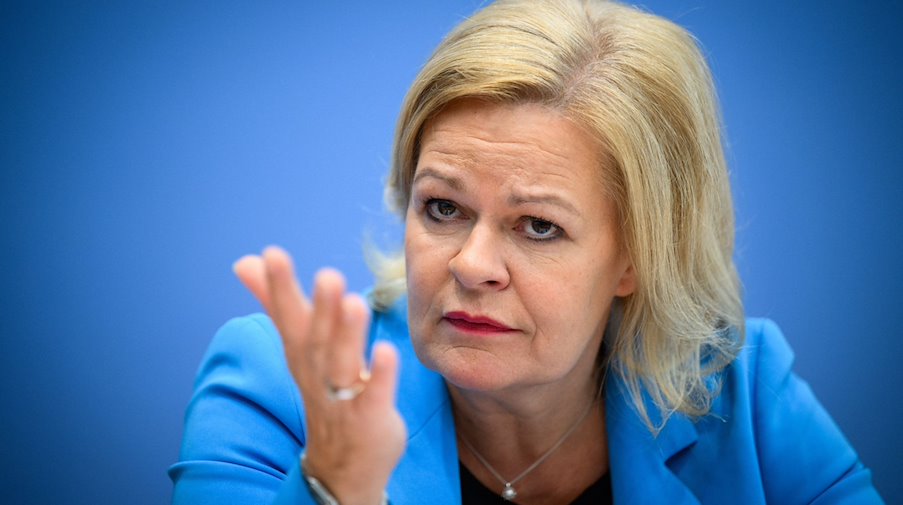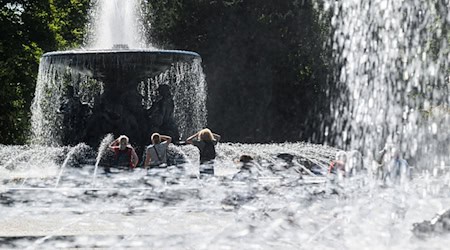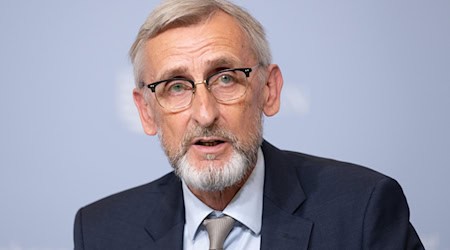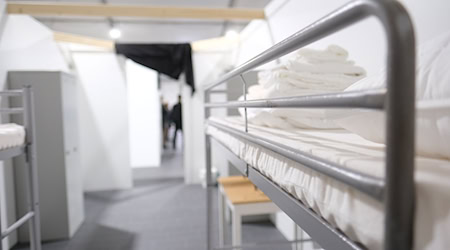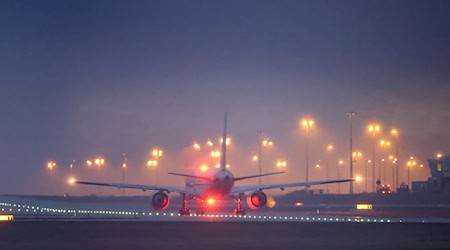Federal Interior Minister Nancy Faeser (SPD) wants to register stationary border controls for the borders with Poland, the Czech Republic and Switzerland. As was learned on Monday from government circles in Berlin, controls of the Federal Police directly at the border, as they have existed since 2015 at the border with Austria, should also be possible in the future at these border sections. The Federal Ministry of the Interior is preparing a corresponding letter to the EU Commission. Previously, the "World" had reported.
Faeser had recently announced increased controls near the eastern border and represented the legal opinion that the Federal Police can thereby selectively - for example, if one suspects there just a smuggling - also stop vehicles directly at the border. Demands of the CDU interior ministers of Saxony and Brandenburg, Armin Schuster and Michael Stübgen, she rejected, among other things, with the argument that who expresses an asylum request at the border, can usually not be rejected anyway.
Smugglers are easier to catch with stationary controls, however, because with controls beyond the border they are often already gone when the police seize the irregularly entered people.
Refoulements at Schengen internal borders are legally permissible only if the temporary reintroduction of border controls was previously notified to the EU Commission. However, rejections are only used in relatively few cases, such as when a foreigner is subject to an entry ban or when he or she does not apply for asylum.
Although the principle of open internal borders actually applies in the Schengen area, several states have currently notified border controls. France, for example, has applied for controls on its borders with Belgium, Luxembourg, Germany, Italy, Spain and Switzerland, citing terror risks and irregular migration via the central Mediterranean route and the so-called Balkan route. However, the French do not check everywhere around the clock, but rather selectively and adapted to the situation. So similarly it should run in the future probably also at the border of Germany to Czech Republic, Poland and Switzerland.
Between the beginning of January and the end of September, 233,744 people have applied for asylum in Germany for the first time, about 73 percent more than in the same period last year. Many municipalities are finding themselves at the breaking point when it comes to housing, caring for and integrating the refugees - partly because more than a million war refugees have arrived in Germany from Ukraine since the Russian war of aggression began in February 2022.
Copyright 2023, dpa (www.dpa.de). All rights reserved
.
